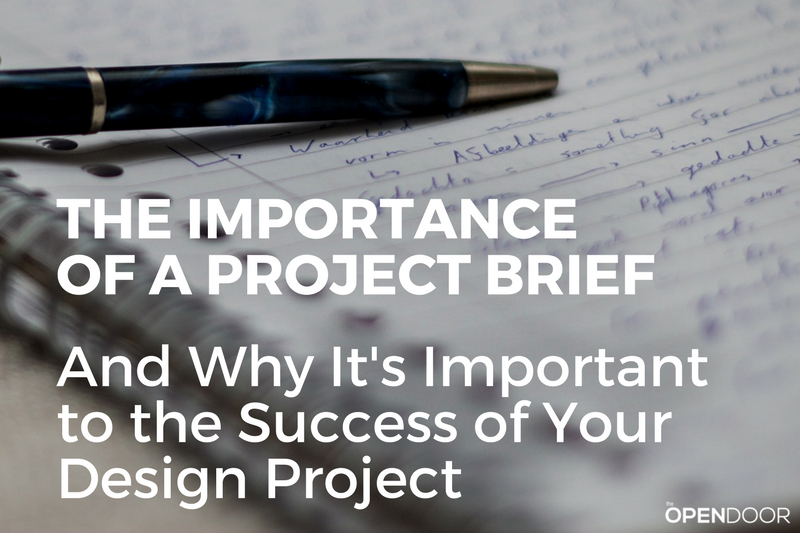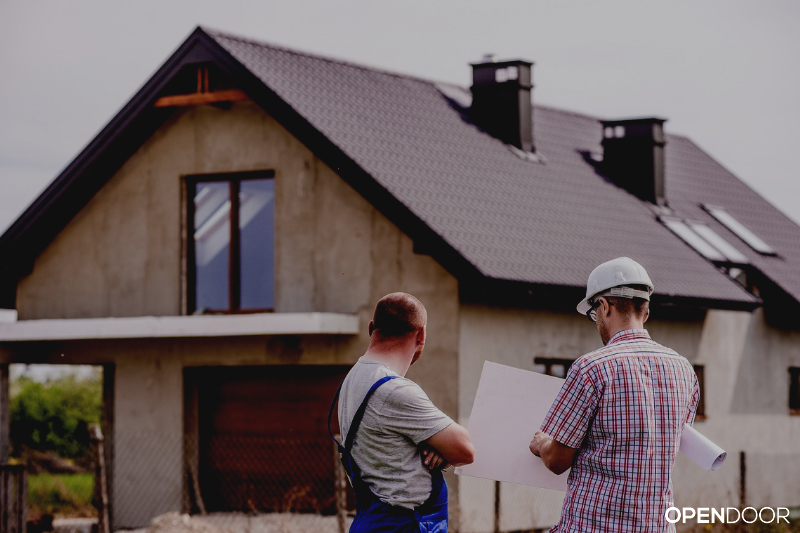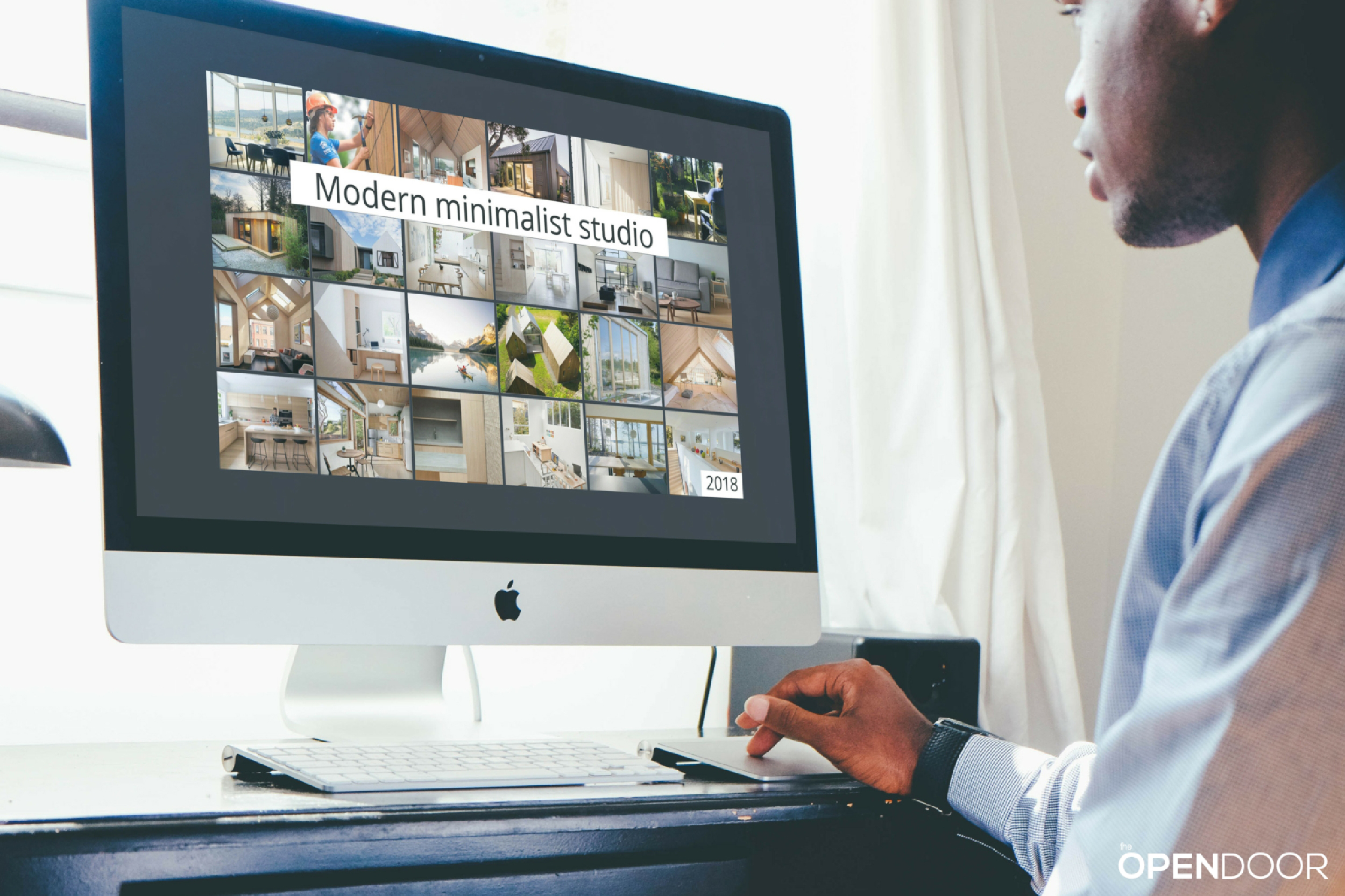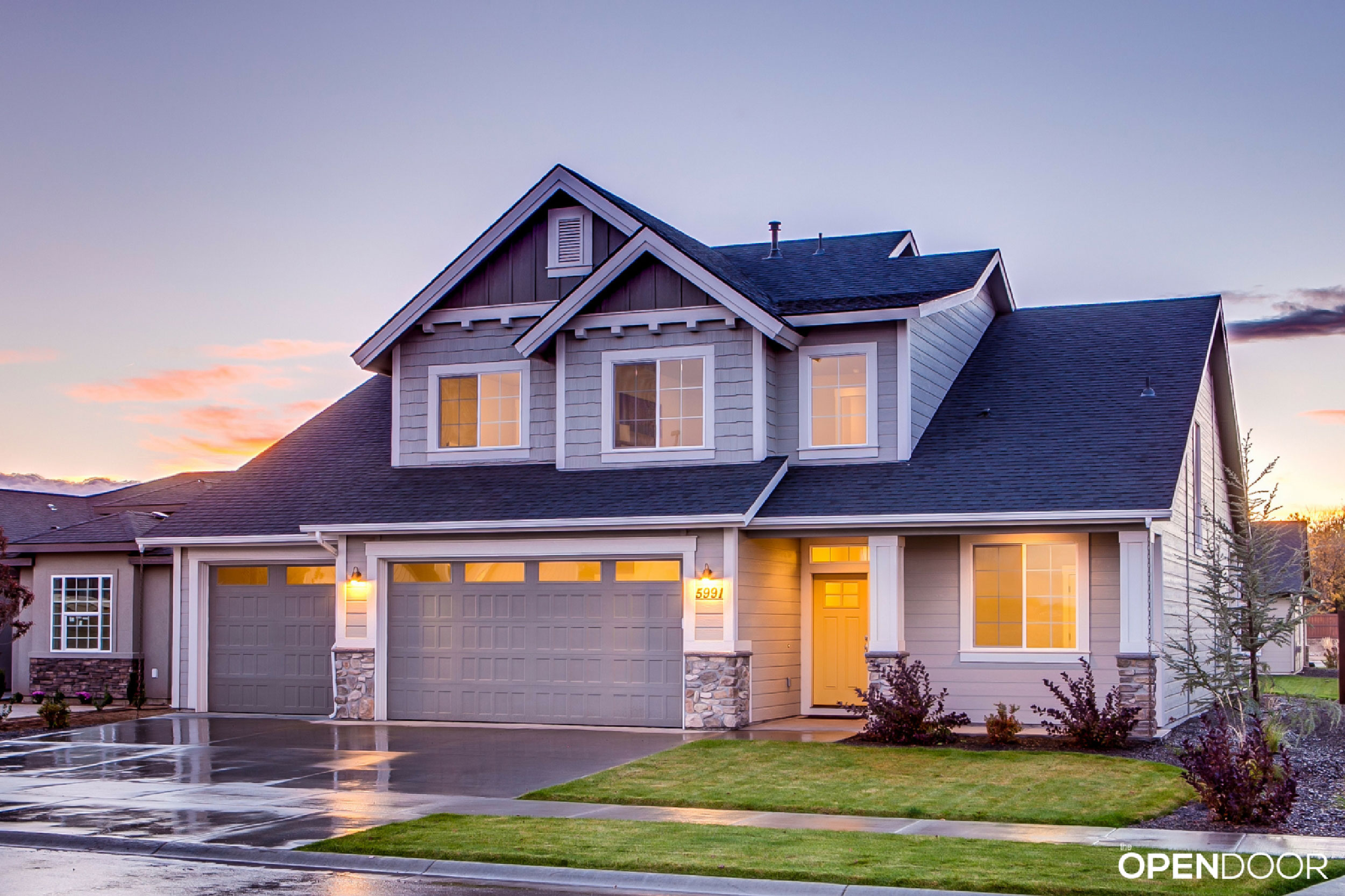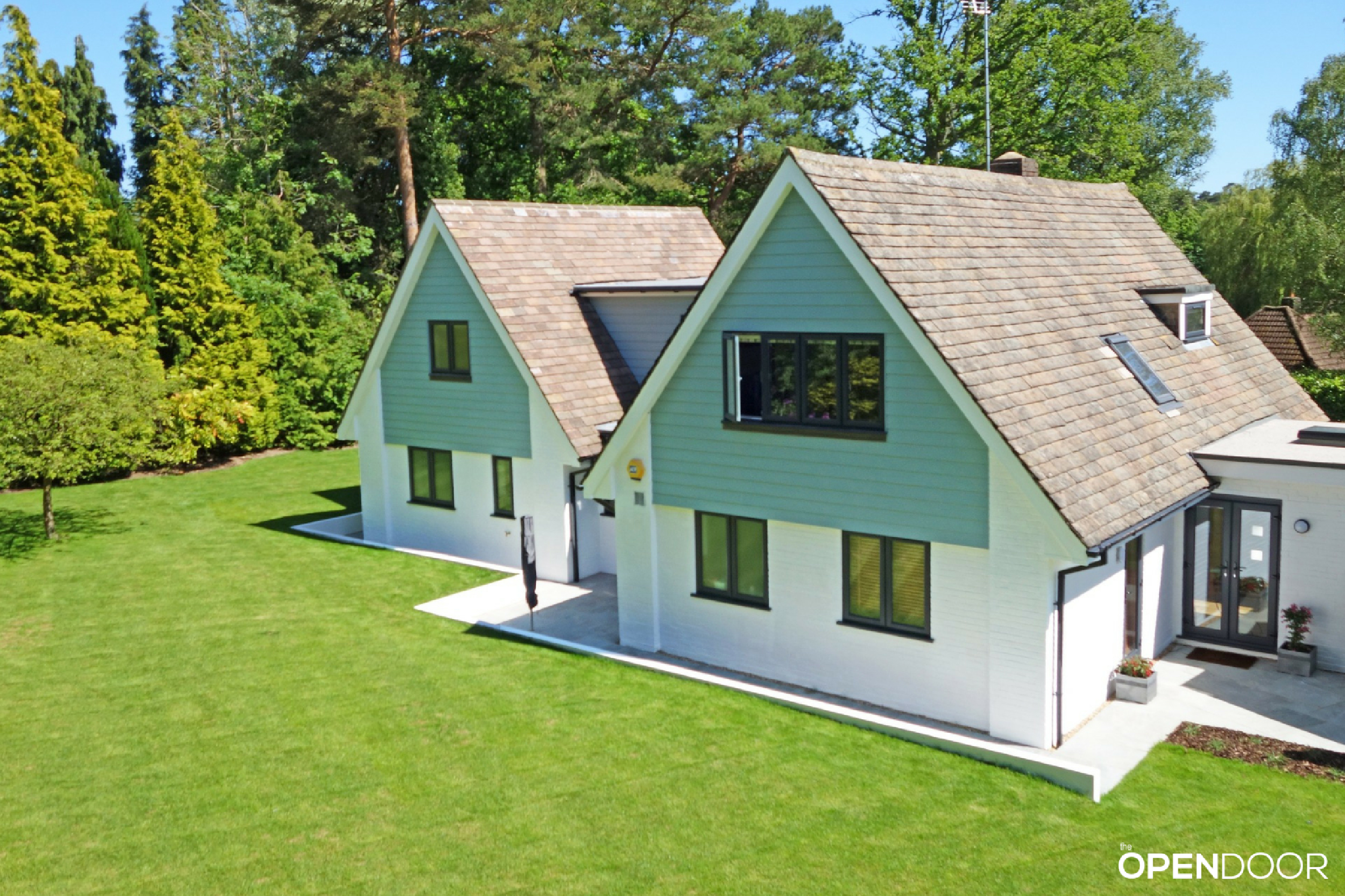Creating a project brief is an important first step in taking action on your home project.
Here are 3 reasons why project briefs are so important to the success of your project.
But first, what is a Project Brief?
A project brief (also called a design brief or an architect’s brief) is a written document that spells out the important requirements of your project including project goals, scope, constraints, requirements, and resources like land, money, and time.
A good brief primarily focuses on results and outcomes of the design. It should address the who, what, when, where, and why of your project. But, it should not attempt to deal with the “how” or the design itself, that is the responsibility of your designer.
And it’s not lengthy or exhaustive. It just needs to convey the essence of your project and give your designer a chance to do what she does best in solving your brief -design!.
A Project Brief Focuses on Big Picture Goals and Objectives
Because a project brief is to be ‘brief’ and concise, it can’t (and shouldn’t) include everything about your project. Instead, it summarizes what’s most important, and that is the big picture, high-level concepts. It gets to the essence of WHAT you want to create and WHY.
Setting project goals at the beginning of your project forces you to decide what will make your project successful in the end – what will make it YOUR home and not anyone else’s home.
Creating a project brief makes you focus on exactly what you want to achieve before any work starts on the project. Before jumping too fast into design, the design brief makes you step back and articulate your goals clearly so you don’t get too distracted later by pretty pictures on Pinterest or Houzz. Before you start pinning away and trying to throw everything and the kitchen sink into your design, creating a design brief helps you determine what’s most important, so you can streamline the design process and focus on achieving that big picture.
Nailing down your goals in your project brief is important. After all, your designer will approach a design that’s meant to be a forever family home differently from one that’s meant to be a getaway retreat. And same with one that’s meant to be built for $250,000 versus a million dollars.
If you’ve set a goal related to the budget in your brief, you’ll be more likely to try to stay on budget throughout the design and construction process and you’ll have a benchmark to compare the final project to ensure you were successful in reaching that goal. If you didn’t create a budget goal, you have no way of knowing if you created a project that you can afford.
A Project Brief Guides You Through the Rest of the Process
A project brief is your guide for the entire design and construction process. It says exactly what the designer, architect, and contractor needs to do to exceed your expectations and to keep the project on track with your goals and your budget.
It’s used to evaluate the effectiveness of a design during the creation process and later during construction. The more concise your design brief is in the early stages of design, the more effective your team’s problem-solving process will be.
As a guiding document, a clear project brief helps make every subsequent choice simpler and faster because it lets your team know where to focus their efforts. Meaning, it helps streamline the process and their decision-making skills.
For example, if your brief calls for a home that has a strong connection with nature, your designer knows to consider incorporating large windows, highlight views to the landscape beyond, or create indoor-outdoor spaces in the design. It’s much easier for the designer to make design decisions that will make the design solution stronger when they see it in your project brief.
At the same time, if your contractor knows how important the connection to nature is, he may suggest a specific window manufacturer that has great looking and cost-effective window frames. Or he may understand why you want a window framing the old oak tree in the backyard, and do his best to center the opening on the tree.
A Project Brief Helps You Select Your Project Team
Getting a sense of what you want in terms of the look and feel of your home is important in your brief. Not only will it help you create a cohesive design that is consistent throughout, it will also guide you in selecting a designer or architect who appreciates the look you’re going for. It helps you approach designers, find one who’s a good fit, and hire him or her to turn your design brief into a great design solution.
If you mention in your project brief that you want a modern minimalist cabin in the woods, someone who likes to design more traditional houses may not be the best choice. But because you’ve spent the time to define what you’re looking for, you can be more deliberate in your search for designers, builders, and professionals to work with.
Similarly, if you want a sustainable home that’s super-insulated, energy-efficient, and uses alternative energy sources, your brief will mention this goal and signify to you that you want to work with a project team that shares similar values and specialize in projects of this type.
Conclusion
A project brief is vital to any design project. But it’s also an ever-evolving document. It starts as a great summarization of what you want to achieve, and after that, it will keep changing in light of new information and discoveries. This is to be expected and is actually a natural part of the iterative and evolving design process.
You have to be specific enough to give your designer something to dig into but not too specific that your designer has no runway to flex their design muscles. It’s a tricky thing to balance but it involves trust -trusting in your vision for the project and trusting in your project team to translate your vision into your dream home.
